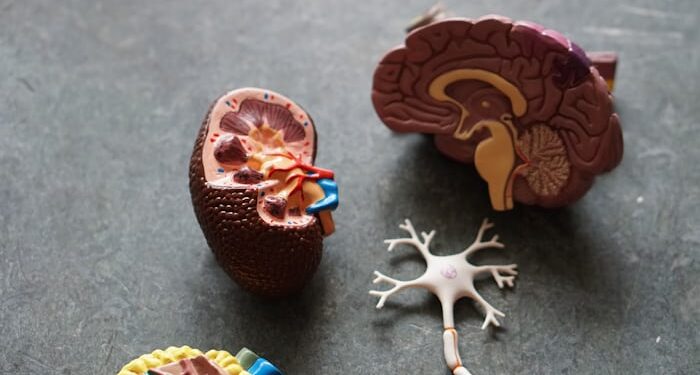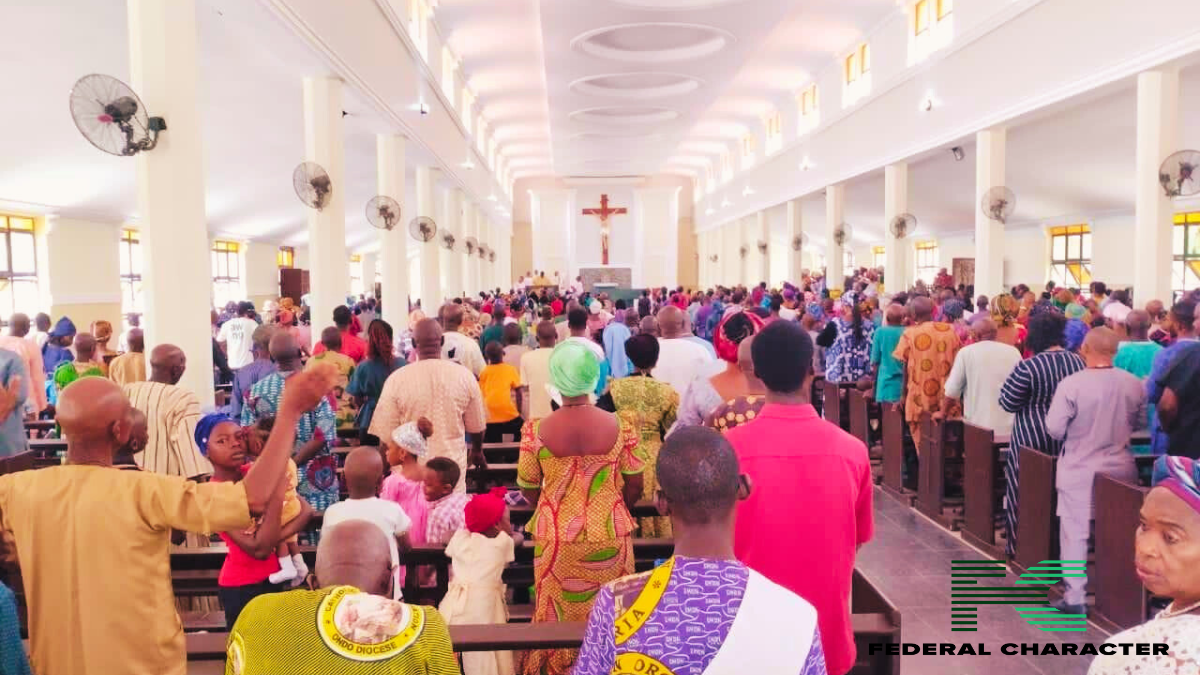Polycystic kidney disease, PKD, is a medical condition that causes a lot of fluid-filled sacs (cysts) to grow in the kidney. If these sacs or cysts grow further, they can cause the kidney to fail. One thing about PKD is that it is hereditary which can affect both kids and adults. PKD is passed down from a parent or both parents who have a mutated gene.
PKD can lead to other serious diseases like kidney failure and many more. Even though there isn’t a cure yet, there are treatments that can help you. Let us look at some treatment methods and management tips for polycystic kidney disease.

Treatment and Management Tips for Polycystic Kidney Disease
The main aim of polycystic kidney disease treatment is to slow down the disease and keep the symptoms under control.
Supportive Care
Blood Pressure Management: The cysts in the kidney put pressure on the blood vessels, causing the blood pressure to increase. In cases like this, doctors often prescribe meds like ACE inhibitors or ARBs.
Pain Relief: In PKD, the cysts painfully pushes on tissues and nerves, which makes the sides or lower back hurt. Pain medication like paracetamol can help with the pain. However, you can control other issues, like blood pressure, which can reduce pain too.
Medications
Diuretics: These are meds that help the body get rid of extra fluid. With PKD, the kidneys don’t work as well, so fluid can build up. Diuretics help reduce that swelling and the pressure inside the kidneys. Also, since salt makes your body hold onto water, eating less salt along with these meds can make a big difference.
ACE Inhibitors and ARBs: These medications are mostly used to lower blood pressure. But they also help relax blood vessels and make blood flow easier. That way, the stress on the kidney is reduced which will stop damage.
Lifestyle Modifications
Diet: Eat a diet low in salt because too much salt makes the body hold onto water, which raises blood pressure.
Exercise: Exercise regularly to help keep your weight in check and lowers your blood pressure. Both of these are really important for slowing down PKD. Whether it’s going for a walk, jogging, playing soccer, or dancing, staying active makes a big difference.
Fluid Intake: Drinking water is important to keep your kidneys working, but it’s also important not to drink too much. If you have PKD, you need to find a balance. Drinking too little can cause dehydration, but drinking too much might overwork your kidneys.
Kidney Transplantation
If PKD gets really bad, the kidneys will fail, which will require a kidney transplant. This involves replacing the damaged kidney with a healthy one from a donor. It’s a big procedure, but it can save lives when other treatments don’t work.
Dialysis
If a transplant isn’t possible, dialysis is the next option. Dialysis does the job of the kidneys by cleaning your blood when your kidneys can’t anymore. It’s a life-saving treatment for people with late-stage kidney disease, like those with PKD.
Bottom Line
Polycystic kidney disease (PKD) is a condition where cysts grow in the kidneys, which can lead to kidney failure, high blood pressure, and other problems. It’s passed down from parents and can affect both kids and adults. Even though there’s no cure yet, there are ways to manage it.
When it comes to treating polycystic kidney disease (PKD), the main goal is to keep things under control and slow down the disease using medication and lifestyle moderation.

















